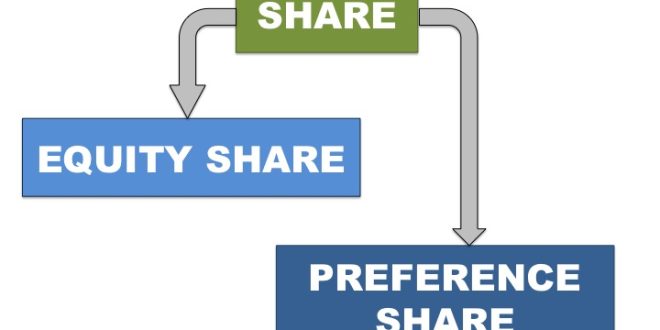A new investor may feel overwhelmed by the technical jargon relating to the security market, like futures, shares, derivatives, etc. Of these, ‘share’ is one of the most basic terms. If you have always wondered about shares meaning and how many types of shares there are, you will find all the answers here.
What is a Share?
Simply put, a share (as a term used in a security exchange) is a share or a portion of a limited company’s capital. A company is an enterprise incorporated under the Indian company act and may be a private or public company. The capital of a company is divided into units of small denominations called ‘shares.’ A public company may offer its shares through public offerings. Such shares can be traded over security exchanges. A person holding shares in a company is called a shareholder and is a part owner of the company.
Shareholders are entitled to a part of profits earned by the company, and this portion is called dividends. The dividend may be paid to them or added to the value of their shares.
A share has a face value that is equal to the amount of its share in the capital of the company. The market price of the company can be different and can increase or decrease according to the performance of the company and the demand and supply of the shares.
Types of shares
The following are two chief categories of shares:
- Equity capital shares or common shares
These shares are the last to get paid dividends as well as at the time of liquidation of the company. However, all the remaining profit is distributed among equity shareholders, and they are also entitled to surplus capital at the time of liquidation. The ordinary shares are the most volatile and can both gain or lose value dramatically. Equity shares also almost always come with voting rights.
- Preference shares
Preference shares are so-called as they get a preference over ordinary shares when it comes to paying dividends or at the time of liquidation. The dividend they are paid is a fixed percentage as long as sufficient profits exist. Preference shares also often don’t get any voting rights.
- Other Categories
One can also classify shares according to whether they have voting rights or not – voting shares or non-voting shares. The holders of voting shares get as many votes in shareholders’ meetings as the number of shares they own.
Another way of classifying shares is according to whether the dividend on them gets paid or cumulated. In cumulative shares, the dividend is added to the value of shares.
Redeemable shares are those that a company may choose to buy back according to specific terms. There are also convertible shares that can be converted into a different form of security according to predetermined terms.
Conclusion
This discussion has a brief introduction to the concept of shares and their types for those in stock trading. Of course, investing in any type of share carries risk, and one must invest only after exercising essential financial discretion.
 Naasongs.fun
Naasongs.fun




